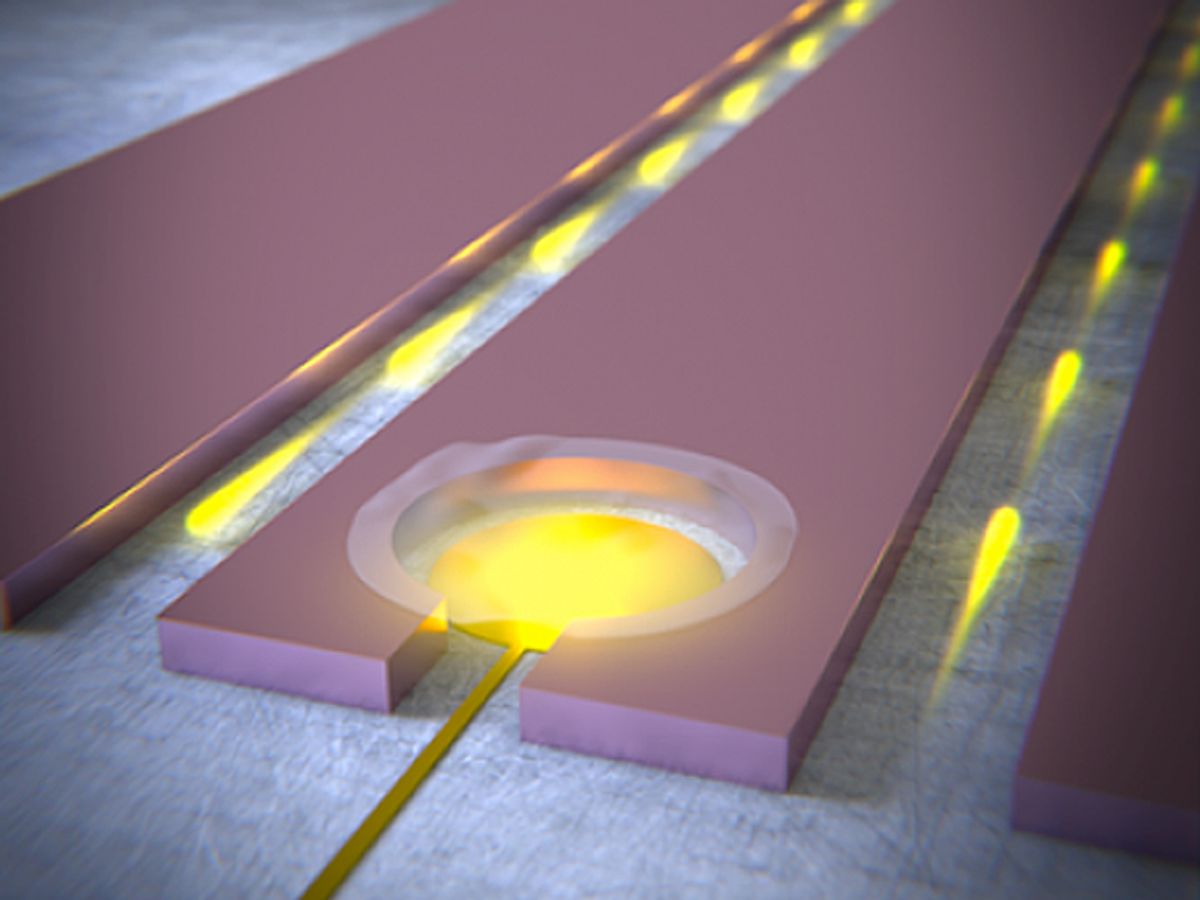Just over two years ago, we reported on research out of the National Institute of Standards and Technology (NIST) and the University of Maryland that discovered graphene could be manipulated to act like a drumhead giving it electromechanical properties.
Following along this line of research, a team of scientists at the TU Delft’s Kavli Institute of Nanoscience in the Netherlands has demonstrated that using this drumhead principal for graphene could lead to new types of sensors for mobile phones, or even quantum memory used in quantum computing.
In research published in the journal Nature Nanotechnology, the Dutch research used the graphene as a mirror in optomechanical cavity and shot microwave-frequency light at it to essentially bang the graphene drumhead.
“In optomechanics you use the interference pattern of light to detect tiny changes in the position of an object, explains Dr. Vibhor Singh, one of the researchers, in a news release. “In this experiment, we shot microwave photons at a tiny graphene drum. The drum acts as a mirror: by looking at the interference of the microwave photons bouncing off the drum, we are able to sense minute changes in the position of the graphene sheet of only 17 femtometers, nearly 1/10000th of the diameter of an atom.”
The researchers used the radiation pressure from the photons on the graphene drumhead to create an amplifier in which microwave signals such as those used in mobile phones are amplified by the mechanical motion of the drum.
In the short video below, you can see how the mechanism works. The light comes in and moves the graphene drumhead creating a resonator that produces a signal.
The researchers also think that this technology could be used as memory for future quantum computers.
“One of the long-term goals of the project is explore 2D crystal drums to study quantum motion,” said research group leader Dr. Gary Steele in the release. “If you hit a classical drum with a stick, the drumhead will start oscillating, shaking up and down. With a quantum drum, however, you cannot only make the drumhead move up and then down, but also make it into a ‘quantum superposition’, in which the drum head is both moving up and moving down at the same time.” Steele added: “This ‘strange’ quantum motion is not only of scientific relevance, but also could have very practical applications in a quantum computer as a quantum ‘memory chip’.”
Dexter Johnson is a contributing editor at IEEE Spectrum, with a focus on nanotechnology.



